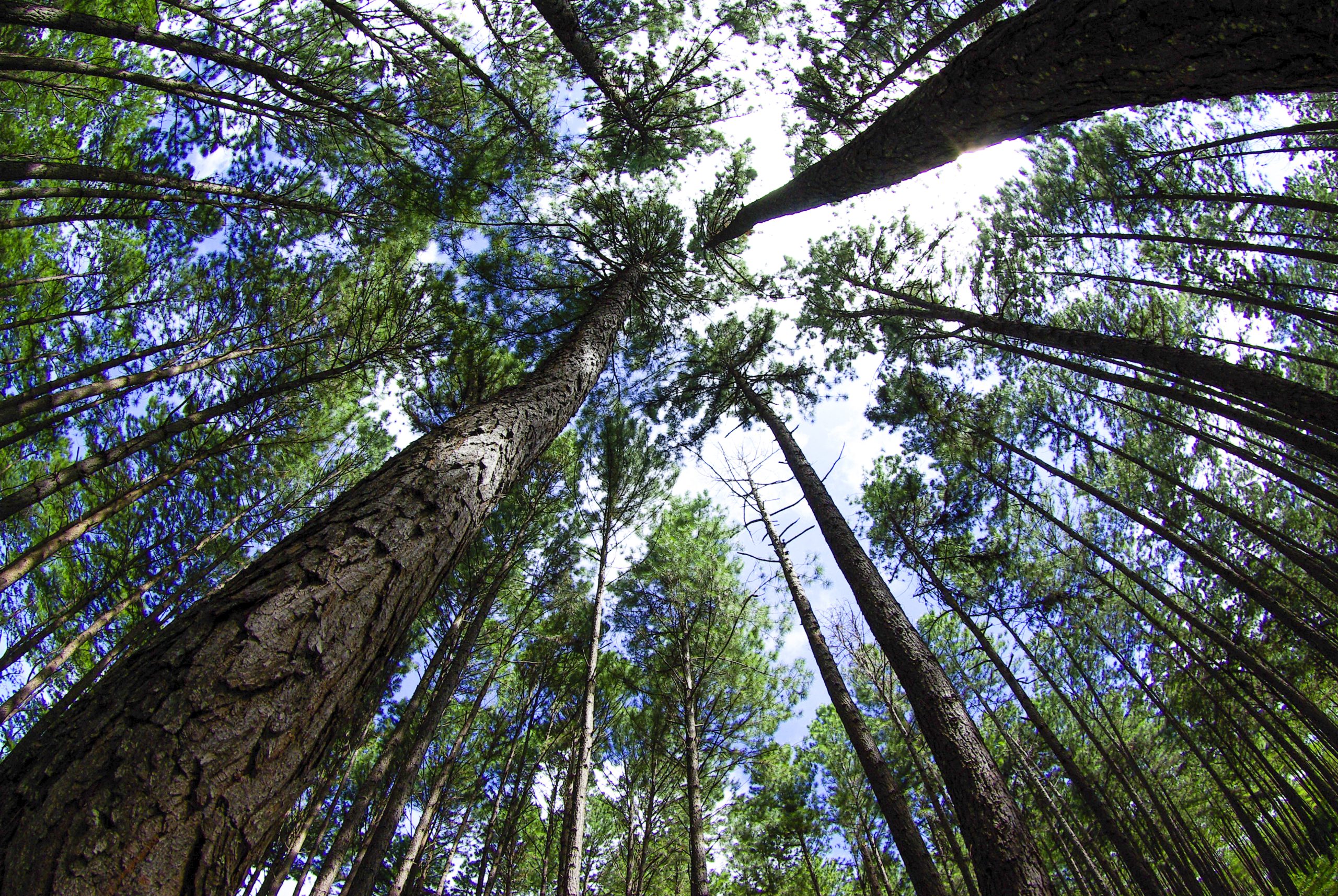Welcome to the ultimate survival guide. In this post, we will cover essential principles and skills that could save your life in a critical situation. Surviving in the wilderness is not an easy task, but with proper knowledge and preparation, you can increase your chances of making it out alive. Let’s dive into the basics of survival.
Introduction to Survival Basics:
Survival is about staying alive until help arrives or you can get yourself out of a dangerous situation. The first rule of survival is to remain calm and composed. Panic and stress can cloud your judgment and make it difficult for you to think clearly. You need to keep a level head and focus on taking actionable steps towards safety.

Essential Survival Principles:
1) Stay put – don’t move unless absolutely necessary. Movement can lead to exhaustion, injury, and loss of orientation.
2) Shelter – build a shelter to protect yourself from harsh weather conditions such as rain, snow, wind, etc.
3) Water – find water sources nearby and purify them before drinking. Dehydration can be fatal.
4) Fire – start a fire to stay warm, signal for rescue, and cook food if needed.
5) Food – find edible plants and animals, but avoid unknown species. Eating poisonous plants or animals can cause severe illness or death.
6) Navigation – know how to navigate using maps, compass, and landmarks. Getting lost can be deadly.
The Psychology of Survival:
Survival situations are mentally challenging. You may experience fear, anxiety, and despair. It’s crucial to maintain a positive attitude and stay motivated throughout the ordeal. Visualize success, break down tasks into smaller achievable goals, and celebrate small wins along the way. Mastering the psychology of survival can give you the mental strength to persevere through tough times.
Mastering Survival Skills:
Fire Making:
To start a fire, gather dry twigs, leaves, bark, and other flammable materials. Use a lighter or matches to ignite the kindling. Gradually add larger sticks and logs to create a sustainable fire. Practice starting fires in different environments and weather conditions to become proficient at it.
Shelter Building:
Building a shelter requires finding suitable materials like branches, leaves, and cloth. Construct a frame using poles or sticks and cover it with insulating material like moss or grass. Avoid building shelters near bodies of water or low-lying areas prone to flooding. Practicing shelter building in various terrains can prepare you for any scenario.
Navigation:
Learn to use a map and compass correctly. Know how to read topographical features like contour lines and elevations. Familiarize yourself with local landmarks and natural formations like rivers, mountains, and valleys. Navigation errors can lead to getting lost, so practice navigating in controlled settings before venturing into the wild.
Sourcing Food and Water in the Wilderness:
Finding food and water in the wilderness can be tricky. Identify edible plants and animals native to the area. Learn to set traps and snares to catch small game. Purify water sources by boiling, filtering, or adding iodine tablets. Be cautious when consuming unfamiliar plant or animal species as they may contain toxins or allergens.
Medical Emergencies and First Aid:
Injuries and medical emergencies can happen unexpectedly. Carry a first aid kit with essentials like bandages, antiseptic, pain relievers, and antihistamines. Know basic first aid techniques like CPR, splinting broken limbs, and treating burns. If serious injuries occur, seek professional medical attention immediately.
Conclusion:
Survival is a combination of physical and mental preparedness. By mastering essential principles and skills, you can improve your odds of surviving in the wilderness. Remember to stay calm, take calculated risks, and never lose hope. With these tips, you can tackle any survival situation with confidence.